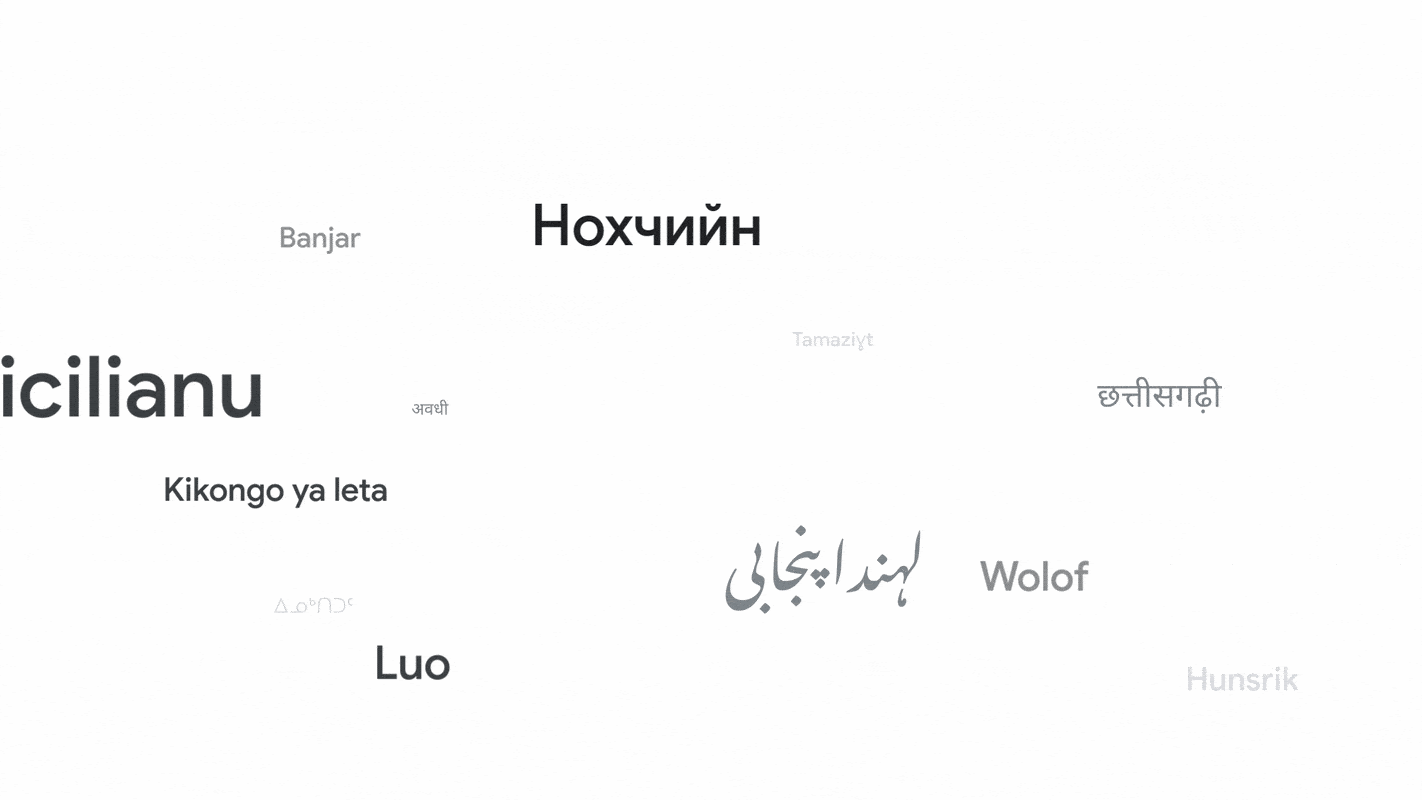110 new languages are coming to Google Translate

Google Translate breaks down language barriers to help people connect and better understand the world around them. We’re always applying the latest technologies so more people can access this tool: In 2022, we added 24 new languages using Zero-Shot Machine Translation, where a machine learning model learns to translate into another language without ever seeing an example. And we announced the 1,000 Languages Initiative, a commitment to build AI models that will support the 1,000 most spoken languages around the world.
Now, we’re using AI to expand the variety of languages we support. Thanks to our PaLM 2 large language model, we’re rolling out 110 new languages to Google Translate, our largest expansion ever.
Here are some of the newly supported languages in Google Translate:
- Afar is a tonal language spoken in Djibouti, Eritrea and Ethiopia. Of all the languages in this launch, Afar had the most volunteer community contributions.
- Cantonese has long been one of the most requested languages for Google Translate. Because Cantonese often overlaps with Mandarin in writing, it’s tricky to find data and train models.
- Punjabi (Shahmukhi) is the variety of Punjabi written in Perso-Arabic script (Shahmukhi), and is the most spoken language in Pakistan.
- Tamazight (Amazigh) is a Berber language spoken across North Africa. Although there are many dialects, the written form is generally mutually understandable. It’s written in Latin script and Tifinagh script, both of which Google Translate supports.
- Tok Pisin is an English-based creole and the lingua franca of Papua New Guinea. If you speak English, try translating into Tok Pisin — you might be able to make out the meaning!